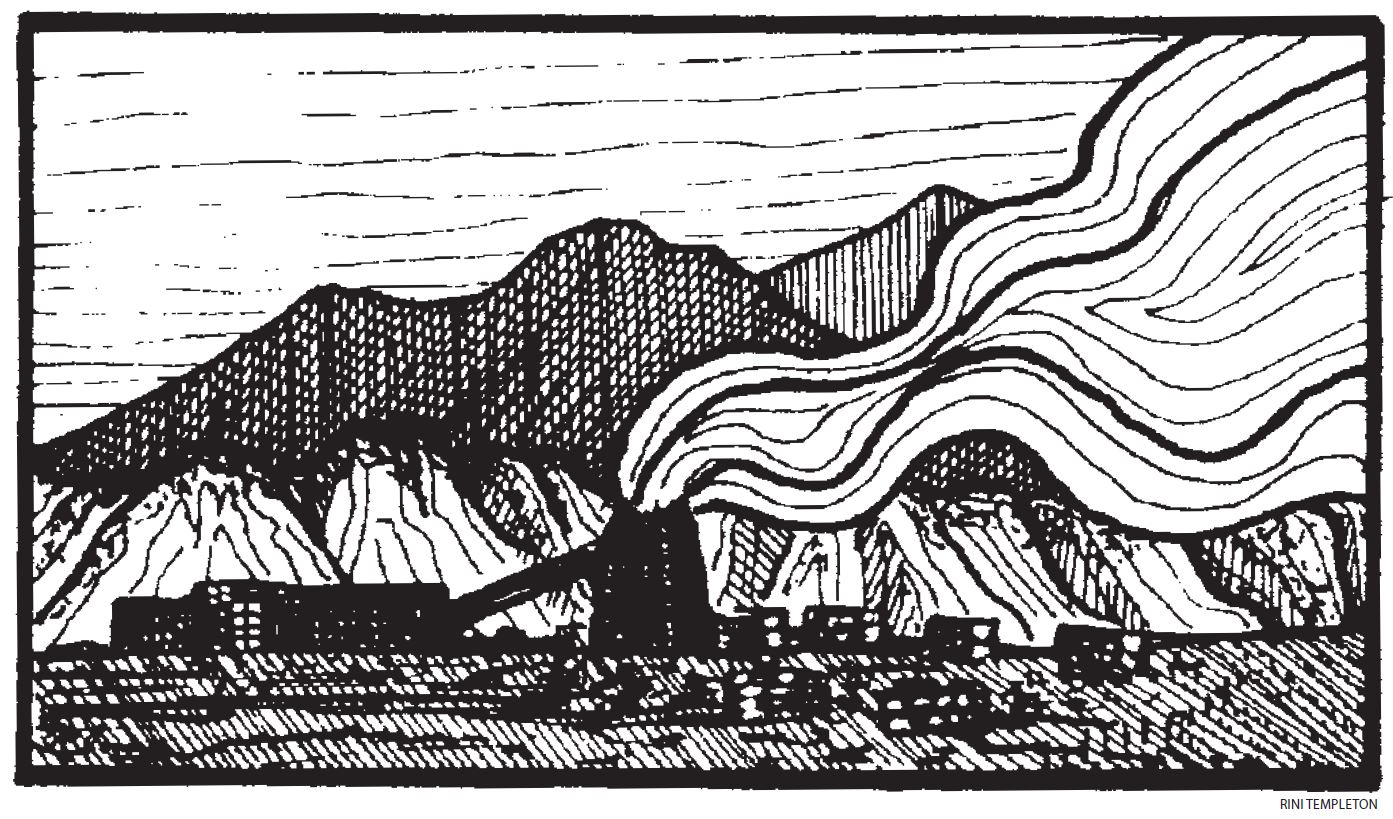I did the Climate Crisis Trial role play by Bill Bigelow with my third-year college students, a group of about 30 ages 18-22. It was a success and timely, especially as I taught it on Climate Day in September and a week before a major industrial incident at a chemical plant in our city (Lubrizol). The learners were very responsive throughout the whole activity.
First, I put students into groups of five, each having their indictment to read and having to prepare their defense. Initially, I hid the section where accusations were provided, then after 10 minutes or so I revealed it. I also selected a jury of five students, to whom I gave special directions, making clear their goal was not to rate their classmates’ work or abilities but to think for themselves about how imparting guilt in climate injustice is a tricky business.
After 45 minutes of instruction/preparation, each group took to the stage. I had students seated in rows to imitate a courtroom . The air was heavy with apprehension over who in particular would be charged with damaging our natural resources. Each group was given a chance to present interrupted, then to engage another party in a back and forth conversation. Spokespeople were chosen by the group but I made sure that each had a chance to speak if they wanted to and I strongly encouraged non- cisgender male learners to step up and defeat the stereotypes that they should be listeners and followers.
All the exchanges went smoothly except one when defenders of “the market” were aggressive against “U.S. consumers” for being gullible, pitiful pawns in a self-destructive game. I had to intervene to make sure the meta point was not to blame one group in particular but to reflect on the interrelatedness of problems and thus solutions. Then we proceeded to a pre-verdict vote by the 31 students (22 blamed the U.S. Government, 5 the market, 2 U.S. consumers, 2 oil and coal companies). The verdict by the four jurors was: U.S. Government 30% guilty, Oil and coal companies 20%, market 20%, developing countries 20%, U.S. consumers 10%.
The result may indicate a tendency in countries with a strong central government and a long history of state management like France to rely on the government to deal with issues, big and small. I wished I had brought this up so that students may open up to other forms of responses, outside government actions, which in this matter has often been inaction.
We finished with a 10-minute debate discussing how one would sentence the U.S. government and where U.S. voters fit in this equation. Some students said that consumers wield the most power because they “vote with their dollars/euros.” The written assignment to wrap up the session was a recap one: Who or what is responsible for the climate crisis and the misery it brings and will bring? What does it mean for what should be done? Do you think retributive or restorative justice is better for this case?
It was only the third time I had taught a Zinn Education Project activity but I felt very comfortable and totally relevant, although I and the students are used to top-down lecturing. I suggest teachers who use the lesson avoid having each group repeat their indictments before every testimony. Such an interactive class demands a lot of pre-class preparation but it is so worth it. I would encourage every teacher out there to try this as it sheds light on the multifactorial nature of the causes and consequences of the climate crisis. It could be easily taught in tandem with The Thingamabob Game and Congo, Coltan, and Cell Phones, two lessons I tried out with apprentice teachers.








Twitter
Google plus
LinkedIn